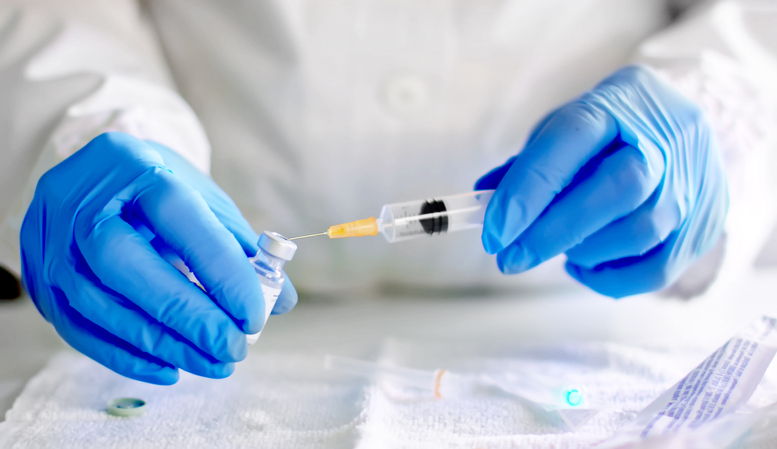New lockdowns weigh on sterling despite vaccine optimism
By Matthew Ryan, Senior Market Analyst - Ebury

The traditional quiet Christmas and New Years period in the FX market has been anything but this time around, particularly in the UK.
The COVID-19 virus has continued to spread aggressively in Britain over the holiday period, in large part due to the new strain of the virus first detected in the South East that is said to be up to 70% more transmissible. New daily cases have jumped towards the 60,000 a day mark with the UK’s test positive rate, the figure that denotes the percentage of total tests yielding a positive result for COVID, more than doubling in the past month alone to 10.8%. The reimposition of strict lockdowns in the UK on Tuesday has been greeted negatively by the market, with sterling down around one percent versus the dollar on the first trading day of the New Year.
While the short-term outlook for the pound appears relatively bleak, we remain upbeat over the longer-term prospects for the UK currency. The Christmas period did, of course, finally yield a last-minute post-Brexit trade agreement between the UK and European Union. The deal itself is said to be relatively thin, as expected, with additional negotiations to take place in the background this year and beyond before it is known what kind of impact the UK’s separation from the bloc will have on both economies. FX traders did, however, breathe a sigh of relief at the removal of the ‘no deal’ uncertainty, sending the pound up to its strongest position since April 2018 before yesterday’s retracement.
The approval of the Oxford University-AstraZeneca vaccine last week has also raised hopes of a return to normalcy in the not too distant future. Vaccinations using the jab began in the UK on Monday, with the Prime Minister noting an aim of immunising all the 13 million or so most vulnerable individuals by mid-February. This, we think, would put the UK in pole position among the developed nations to achieve herd immunity through vaccinations, which we believe may present some upside to sterling in the first half of this year.

Euro hovers around April 2018 highs ahead of Senate elections
Elsewhere in the markets, EUR/USD continued its relentless march higher in the typically thin trading period between Christmas and New Years, ending 2020 just shy of its strongest position since April 2018. Investors have been encouraged by the easing in new virus cases in the European bloc since the peak of the second wave in early-November and the progress being made globally towards mass vaccinations. The EU approved the use of the Pfizer vaccine just before Christmas, with approval of the Moderna jab said to be not too far behind.
Arguably the next big event risk in the markets is today’s run-off Senate elections in Georgia, which will decide whether or not the Democrats obtain full control of Congress before Joe Biden takes office later this month. The Democrats would need to win both votes in order to achieve a so-called ‘blue wave’, which is now looking like an increasingly plausible scenario. Should this be the case, we could see a bit of support for risk assets later this week. On the data front, European PMIs on Wednesday and the US labour report on Friday could also both shift the currency market this week.
Press Contacts:
Gunther De Backer
Olivier Duquaine